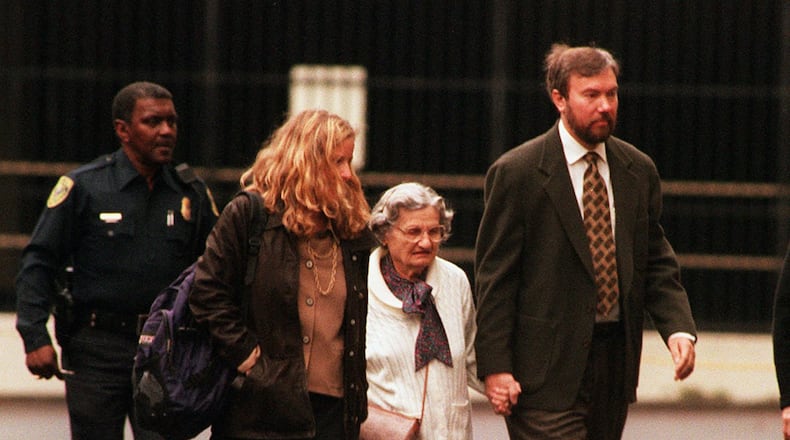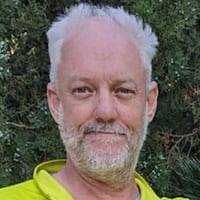I enjoy a good work of fiction, but reality presents its own form of merriment if you pay attention.
I wasn't always this way. As a boy, I had a sincere hope that everyone in law enforcement was like Andy Griffith and deputies kept their one bullet safely in a shirt pocket. And it pleased me when the passengers aboard an ill-fated, three-hour cruise included a professor who could create technology from coconuts.
All hope was abandoned when a series of law enforcement leaders from my youth were sent to federal prison and mom converted my pecan-powered shortwave radio into a pie.
On Tuesday, news pundits pondered whether the Austin serial bomber was inspired by the Georgia-filmed Discovery series "Manhunt: Unabomber," which, at times, portrays serial bomber Theodore Kaczynski as a charming pioneer of the "tiny house" movement.
We may never know the Austin bomber's motives. Early Wednesday morning, the suspect, identified as Mark Anthony Conditt, 23, killed himself in an explosion .
The Unabomber and Austin cases are very different in one way. The Unabomber deployed 16 bombs over a 17-year period, killing three, and law enforcement didn't have a clue who was responsible. Conditt exploded four devices, killing two victims, and police tracked him down in less than three weeks.
If Conditt thought he could avoid capture as long as the Unabomber, he was very wrong.
Credit: George Mathis
Credit: George Mathis
The creators of "Manhunt" got a lot wrong too.
The eight-episode series now on Netflix details the alleged exploits of FBI superhero Jim Fitzgerald as he tries to identify the Unabomber.
Drama lurks around every corner for "Fitz" who can't seem to think unless he's laying out paperwork on a floor in a grid. And nothing inspires him more than when his bosses belittle his efforts or he cheats on his wife with a Stanford linguistics professor who didn't really work on the case.
Fans of the show will be forgiven for thinking Fitz, a consultant for the show, cracked the code solo, but it seems lots of people who aren't him did the heavy lifting.
Roger Shuy, a retired Georgetown University professor, told Fitz the suspect was likely middle-aged and from Chicag o because the Unabomber's grammar was like that used in 1950s Chicago newspapers.
The FBI never solved the Unabomber riddle , Kaczynski's family identified him after newspapers printed Ted's 35,000-word "Manifesto" in 1995, the same year Fitz joined the FBI's UNABOM task force.
Who pushed the newspapers to publish the Manifesto? Not Fitz, says an FBI agent who worked on the case for more than a decade.
Ted's brother, David, read the Manifesto and it reminded him of Ted's earlier writings. David hired a private investigator and experts who also noticed strong similarities in the text.
David then hired an attorney who contacted the FBI and provided the critical evidence. FBI agent Joel Moss was the first federal agent to recognize similarities between the documents David provided and the Manifesto.
A team of agents visited David's home and he worked closely with FBI agent Kathleen M. Puckett, meeting with her several times in multiple cities. David provided the address of his brother's small cabin in Lincoln, Montana.
Before trial, the text analysis of Vassar College professor Donald Wayne Foster, who also worked on the JonBenet Ramsey case, further strengthened the case against Kaczynski.
"Manhunt" spends a lot of time depicting an intense, personal relationship between Fitz and Kaczynski. The two men debate Kaczynski's motives at length and both agree they are the smartest people in the room. Fitz convinces Kaczynski to plead guilty, depriving the charismatic madman of a trial and the chance to spread his nutty worldview.
Only the real Fitz never met or interviewed Kaczynski. Ever.
We don't care what Kaczynski thinks, but he wrote "the greater part of it is pure fiction," in a letter from prison.
The film industry has transformed Georgia's economy. That's a good thing.
Transforming the truth for entertainment? We deserve better.
About the Author
Keep Reading
The Latest
Featured





